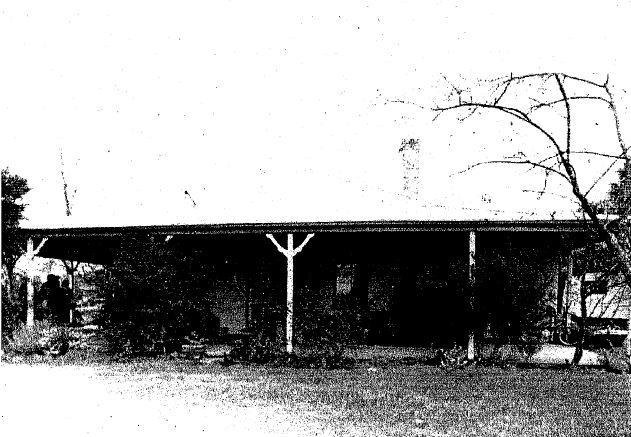Nillumbik Farm & gum
50 Challenger Street DIAMOND CREEK, NILLUMBIK SHIRE
-
Add to tour
You must log in to do that.
-
Share
-
Shortlist place
You must log in to do that.
- Download report


Statement of Significance
REVISED STATEMENT OF SIGNIFICANCE, CONTEXT, 2010
What is significant?
The entire site of Nillumbik farm including the farmhouse, elements of which may date from the 1850s and the surrounding site to the title boundaries.
(see also HO25 for Sugar Gum at entrance to the farm)
How is it significant?
Nillumbik farm is historically and aesthetically significant to the Shire of Nillumbik.
Why is it significant?
Nillumbik farm is historically significant for its association with the early settlement of Port Phillip in the 1830s and the subsequent development of Melbourne and for its resulting connections to early settlers of the district and figures in the development of Melbourne including: Henry Arthur of the Port Phillip Association, Hugh and A. R. Larimour, John Wilson, William Wilson and Martha Wilson who died in 1864 and is buried on the property (Criteria A & H). The farm is historically and aesthetically significant as a very rare surviving example of a farmhouse from the period (1850s), one of the earliest surviving in the district, and for its fine joinery details which are evocative of early construction methods (Criteria B, E & F). It is also rare in retaining its rural setting, with nearby traces of former structures, the line of former roadways and mature trees, all related to the early history of the district (Criteria A & B).
-
-
Nillumbik Farm & gum - Physical Description 1
This is an altered hipped-roof and verandahed face brick (over-painted, slop moulded) farm house set in exotic pasture above the creek flats (or lagoon) well south of Challenger Street. New subdivisons have been made nearby. Aboriginal artifacts have been found in the vicinity and old track formations shown on early plans can still be seen in paddocks. Two big depressions (one with a gum growing out of it) just above one of these old tracks reputedly denote the clay pits used for the bricks. The bricks are laid in English bond, well-burnt.
The interior has some early joinery (fme panel moulds to passage doors) but much of it is late 19th century (architraves) or recent. The verandah has been filled-in on the west and rebuilt in a different roof profile but similar bracket forms, and the .timber floor replaced in concrete; thresholds are basalt. The former detached kitchen site can be seen as a flat area in the rear lawn and only some (if any) planting may have derived from earlier times. At least one well is thought to have been near the house, now filled in.
There is also a large gum to the north of the house, relating visually to the sugar gum planted at the gate. .Nillumbik Farm & gum - Historical Australian Themes
Farming
3.5.3 Developing agricultural industries
8.12 Living in and around Australian homes
8.14 Living in the country and rural settlementsHeritage Study and Grading
Nillumbik - Nillumbik Shire Heritage Study
Author: Graeme Butler & Assoc
Year: 1997
Grading:
-
-
-
-
-
Ellis Gateway at Nillumbik Cemetery
 Nillumbik Shire
Nillumbik Shire -
Sugargum, Nillumbik Farm
 Nillumbik Shire
Nillumbik Shire
-
-









